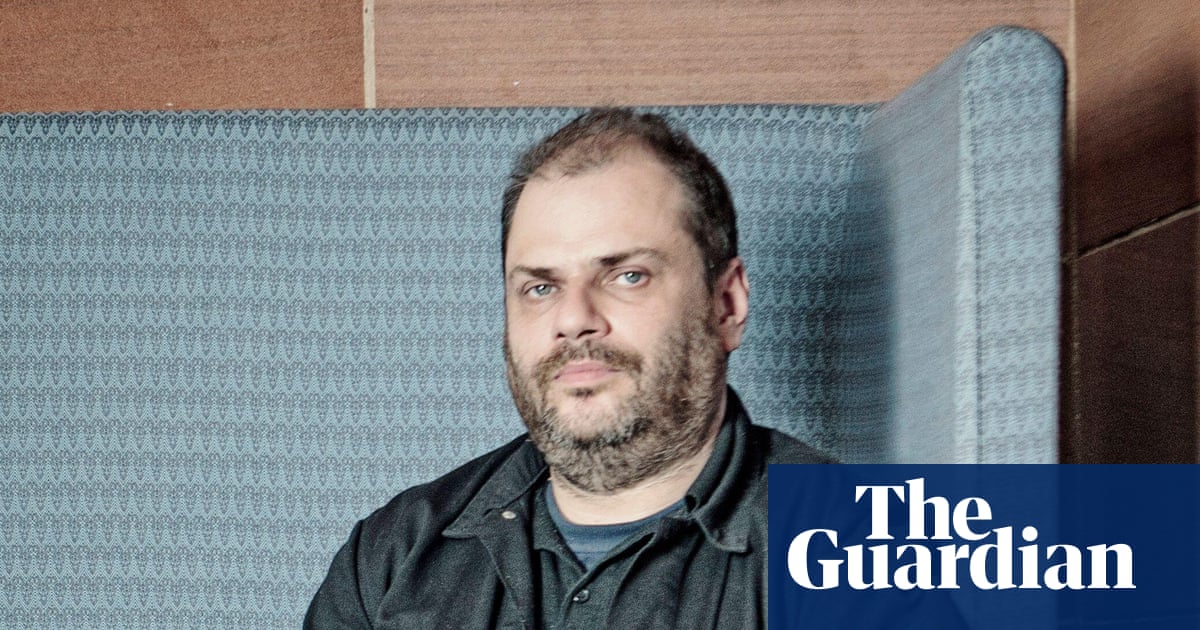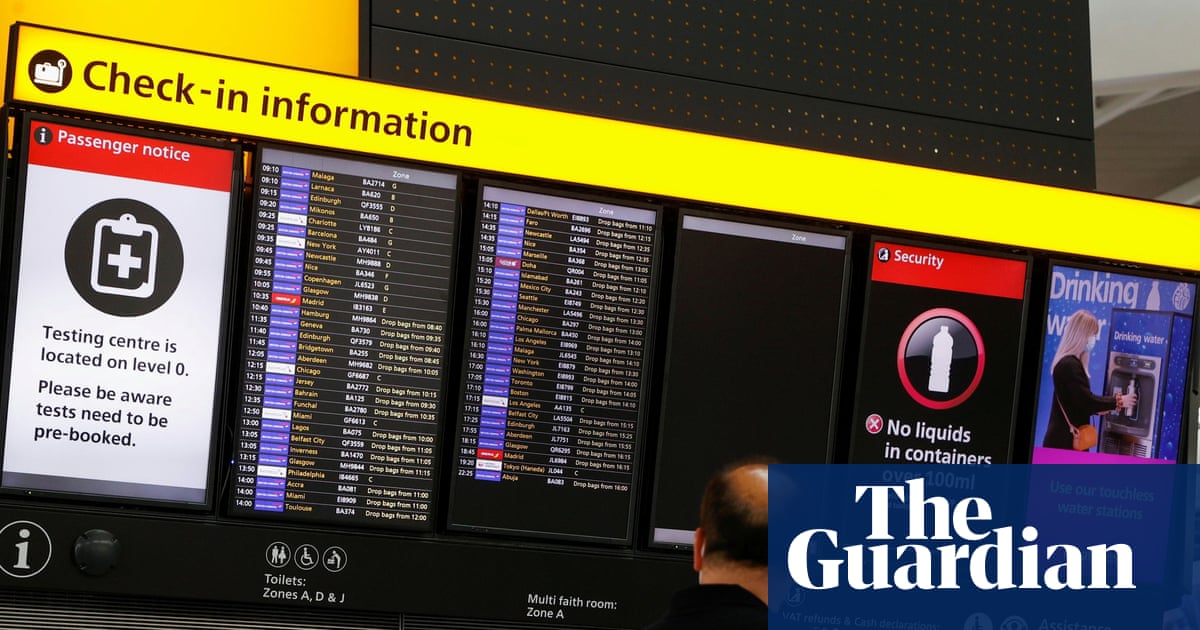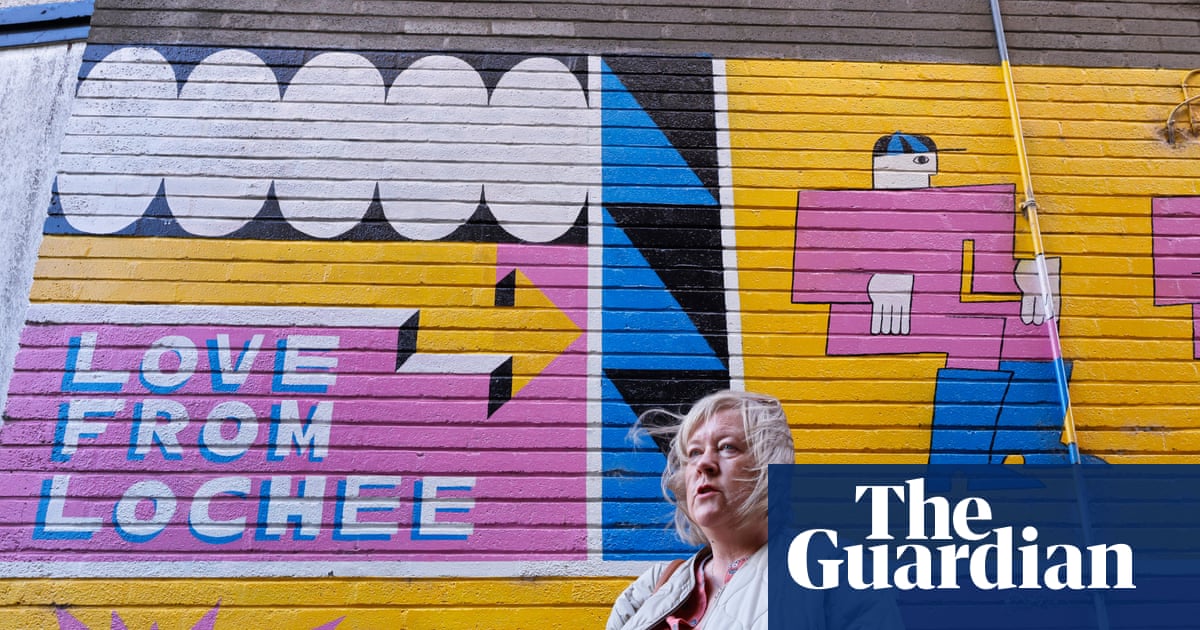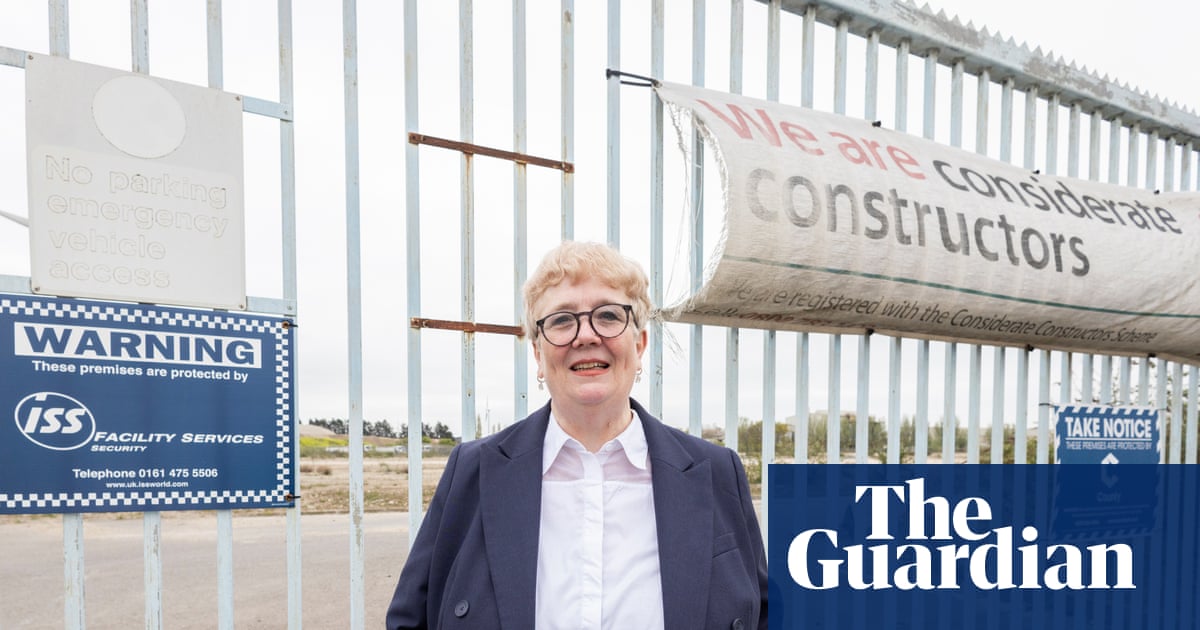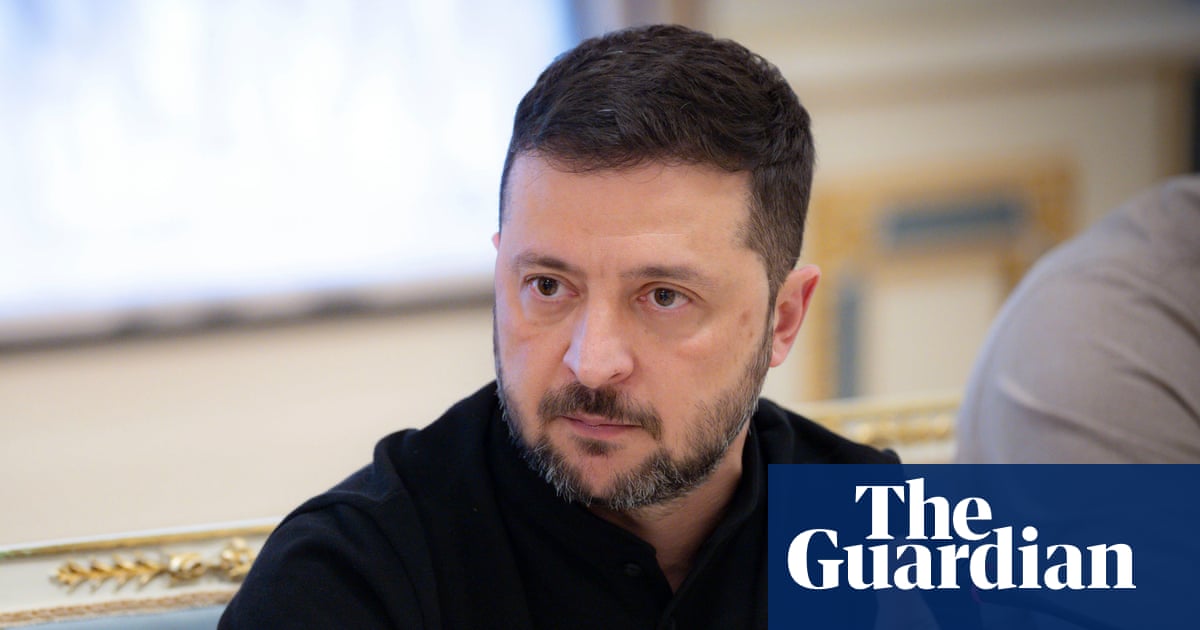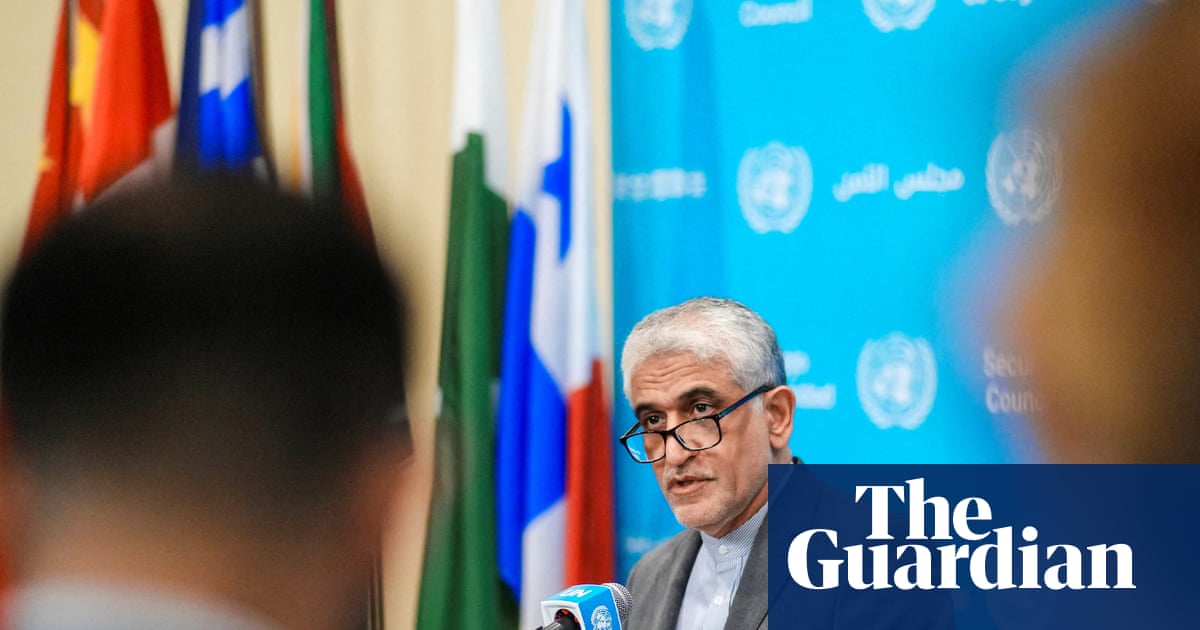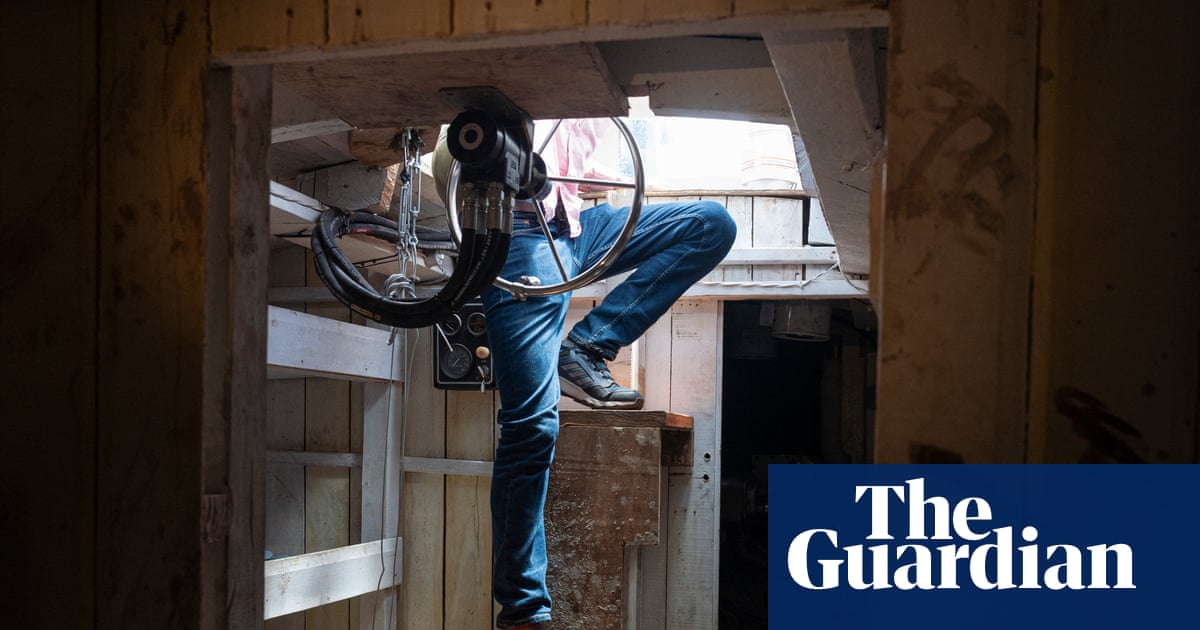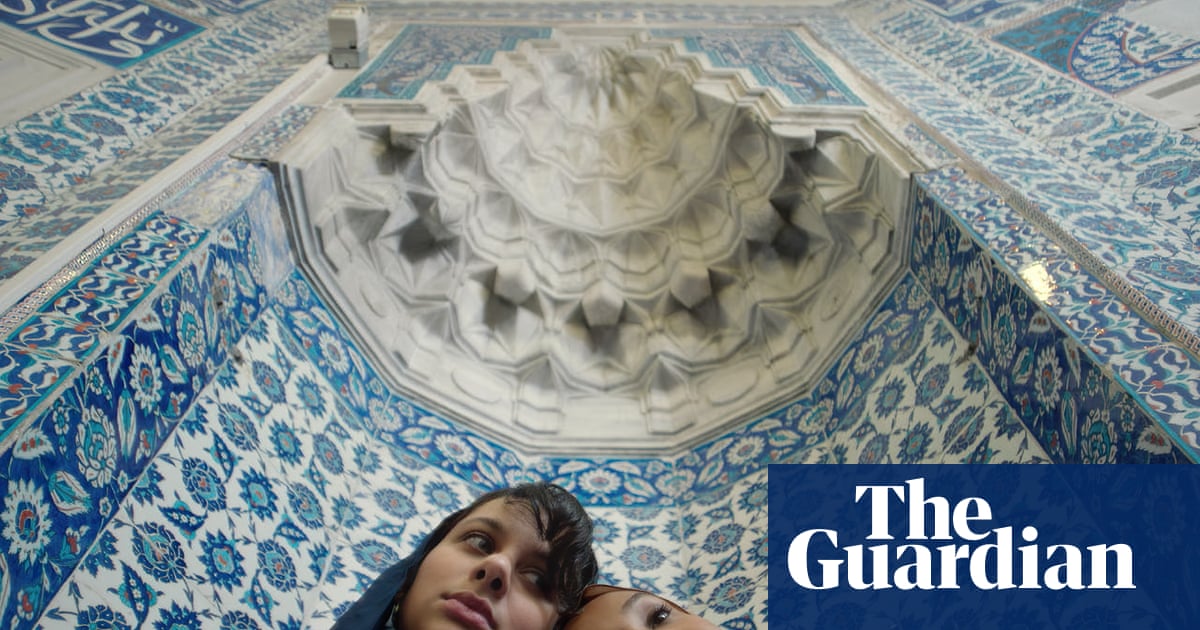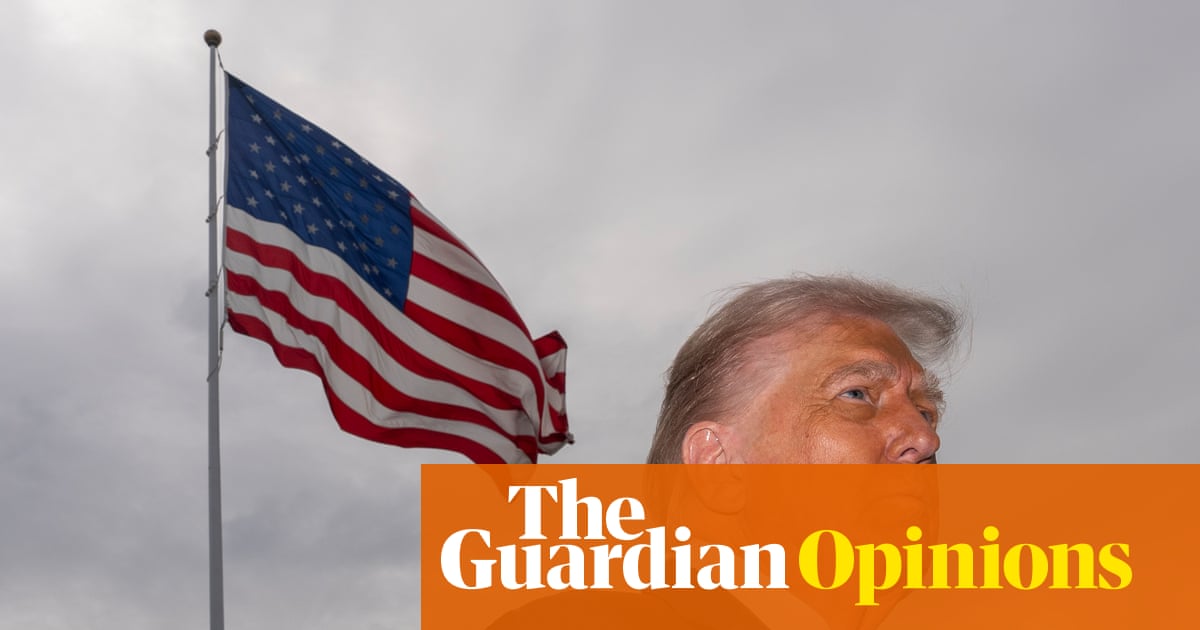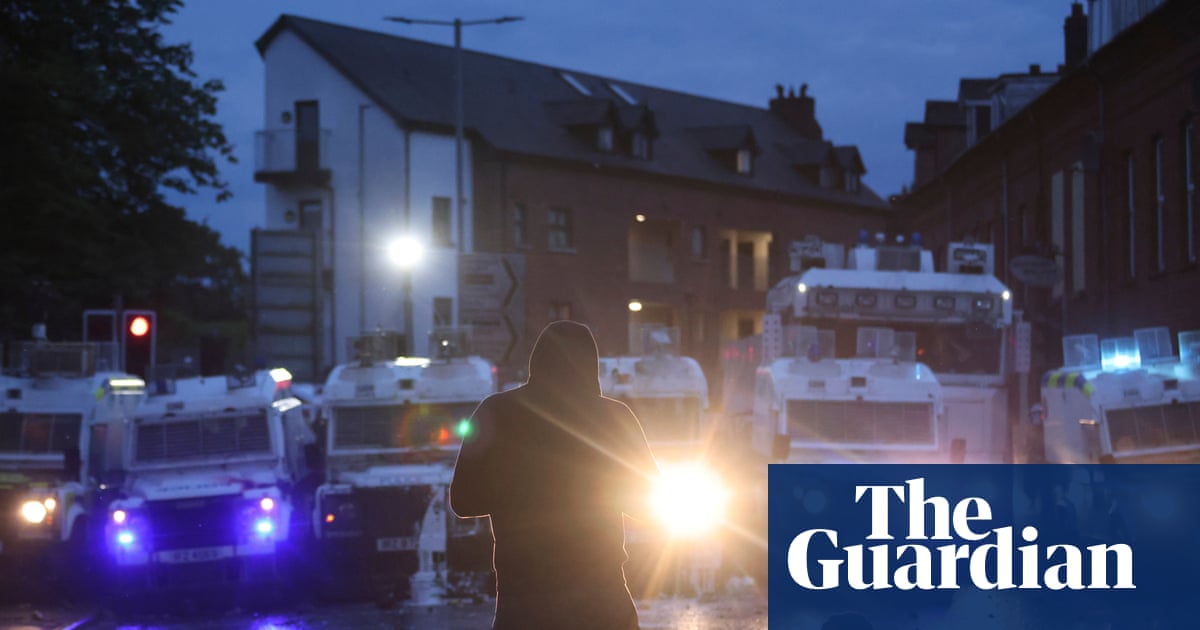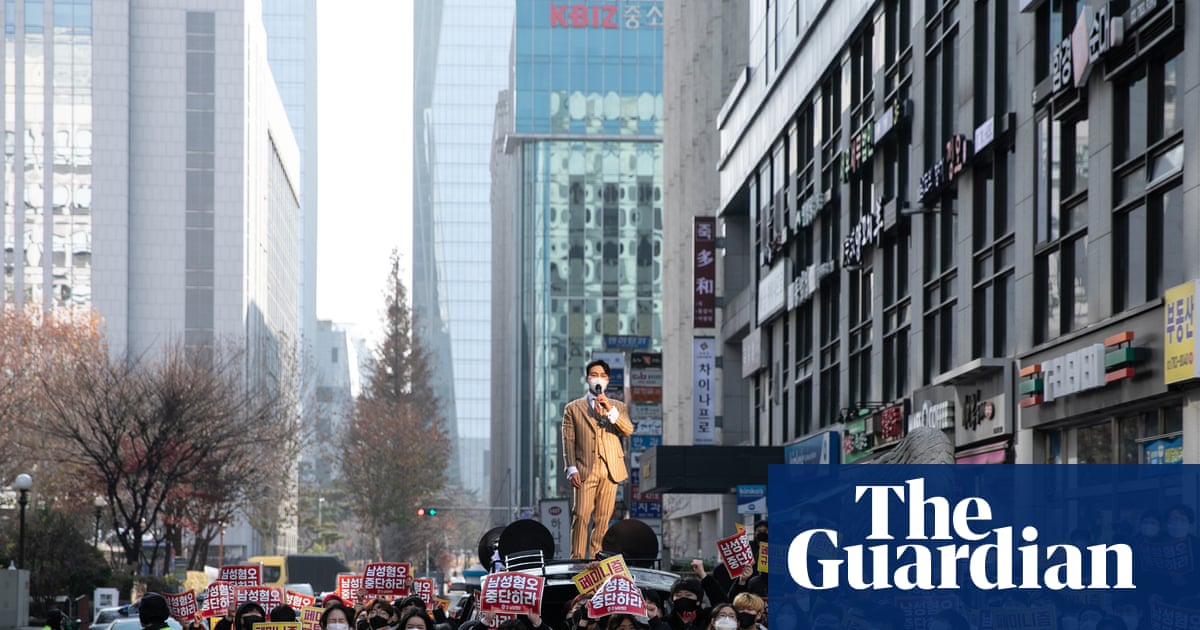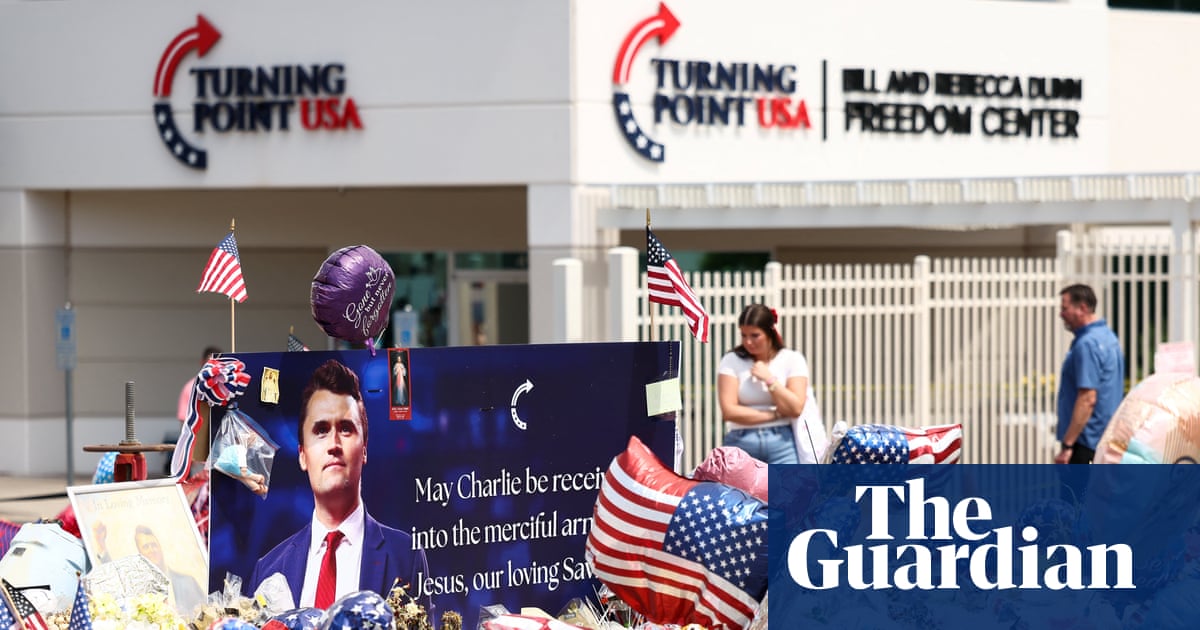For the beleaguered staff of Nasser hospital in Khan Younis, one new casualty brought into the emergency department last week posed a particular challenge.
He had been wounded moments earlier in the southern Gaza city while fighting in a battle between rival armed gangs over hundreds of valuable sacks of flours stripped from aid convoys and, within an hour of his arrival, men with assault rifles had invaded the hospital. They roughed up medical staff, smashed equipment and set fire to vehicles. Other armed men soon arrived and automatic gunfire reverberated around the sprawling hospital compound, already battered bysuccessive Israeli strikes close by or on its buildings.
There was worse to come. Soon another force joined the shooting, dispatched by the interior ministry in Gaza, long a bastion of Hamas, to restore order. There was now a new gun battle, which only ended when the opposing gunmen from the two duelling gangs fled. Overhead, throughout the fighting, Israeli drones flew by.
The incident, described to the Guardian by medical staff and local residents, was a microcosm of the new violence and anarchy in Gaza after almost 21 months of war.
“You have [these] gangs fighting and the Israeli airstrikes or troops shooting people, and Hamas still there, while there are miles and miles of ruins where desperate people are cooking on fires and living in tents and very hungry,” one humanitarian official said. “It’s like some kind of post-apocalyptic sci-fi film.”
The war in Gaza was triggered by a surprise attack launched by Hamas militants into southern Israel in October 2023, which led to the killing of 1,200 people, mostly civilians, and the abducton of 251, 50 of whom remain in the territory. So far, the Israeli offensive has killed more than 56,500 Palestinians, mostly civilians, displaced most of the 2.3 million population and reduced much of Gaza to rubble.
In recent months, more armed actors have joined the fighting, and a fierce struggle for power and influence has intensified even as the Israeli offensive continues. These now include various other militant factions, a dozen armed militias representing major local families or clans, new coalitions organised by independent community leaders, and criminal gangs empowered by the deepening anarchy.
The result is that Gaza is fragmenting into individual fiefdoms. The Israel Defense Forces (IDF) holds much of the territory, including a wide “buffer zone” cleared of buildings along the territory’s perimeter and a swath of the south along the border with Egypt, where it works closely with the Popular Forces, a new militia run by a former convict and smuggler called Yasser Abu Shabab. Benjamin Netanyahu, Israel’s prime minister, has confirmed that Israel provides weapons to clans that oppose Hamas.
Abu Shabab, who denies getting support from Israel or contacts with the Israeli army, also controls territory along Gaza’s eastern perimeter near the main entry point from Israel – though the militia’s influence there is contested by several armed local families.
The chaos has encouraged other traditionally important families and clans to assert their control over much of the rest of south and central Gaza.
In the north, Hamas remains a force in Gaza City and the shattered neighbourhoods of Jabaliya and Shujaiya. Though the Islamist militant organisation’s military capabilities are now much reduced and most of its veteran leaders have been killed by Israel, many civilian technocrats remain in their posts in key ministries, and other officials, operating secretly, run neighbourhood administrations.
“They’re hiding because they are being instantly hit by [Israeli] planes but they appear here and there, organising queues in front of bakeries, protecting aid trucks, or punishing criminals,” said a 57-year-old construction worker in Gaza City. “They’re not like before the war, but they exist.”
Hamas and its paramilitary police forces have clashed with criminal gangs too – as shown by the firefight at Nasser hospital.
“All the people in Khan Younis are blaming [the fighters] for spoiling the hospital and have asked them to apologise,” said a senior medical official at the hospital.
The police have also been repeatedly targeted by the IDF. Several members of the Sahm force, set up by Hamas to crack down on looters, profiteers and thieves, were killed last week in an Israeli airstrike on Deir al-Balah, a central town, which also killed about a dozen civilians. The IDF denied reports from witnesses that the police were distributing aid seized from looters when attacked.
Stocks of aid built up during the two-month ceasefire early this year ran out during the subsequent 11 weeks when Israel allowed nothing into Gaza.
“The shortage is completely artificial and it means [aid] is the most valuable commodity now, so basically if you’ve got guns and you can get aid, you can use it to get money and power, and so that’s causing a lot of the violence,” said one aid official, pointing out that a single 25kg sack of flour can sell for up to $500.
after newsletter promotion
Community leaders and heads of powerful families in Gaza say their aims are simply to serve the population.
“The clans came … to form a stance to prevent the aggressors and the thieves from stealing the food that belongs to our people,” Abu Salman Al Moghani, a community leader, said, after gunmen from the Supreme Tribal Committee in Gaza guarded one aid convoy that entered last week.
In recent weeks, the UN and other agencies have been allowed to bring in about 70 trucks a day. Most carry flour for Gaza’s community kitchens but are usually stopped by barricades made of concrete blocks and then stripped of their cargoes, sometimes by armed gangs but most often by desperate civilians who gather in massive numbers at points the convoys are expected to pass.
“The scenes are appalling. You have 50 trucks, spread over two kilometres, and there are 50,000 on the road trying to get the flour,” said another aid official in Gaza.
Many civilians are killed as they try to reach aid distribution hubs, opened last month by the Gaza Humanitarian Foundation (GHF), a secretive US- and Israel-backed private organisation. The GHF said on Sunday that it has safely delivered more than 51m meals despite “a highly volatile environment”.
Statistics from the International Committee of the Red Cross (ICRC) confirm ministry of health counts of more than 500 deaths from live fire on those seeking aid by Israeli forces in recent weeks, as well as a small number in clashes between looters.
A report by Haaretz last week quoted multiple Israeli soldiers describing orders to fire at civilians. The report revealed the IDF has launched an investigation into potential war crimes.
An officer quoted in the report told the newspaper about the growing chaos in Gaza.
“I’m stationed there, and even I no longer know who’s shooting at whom,” he said.
Reuters contributed to this report

 2 months ago
82
2 months ago
82


